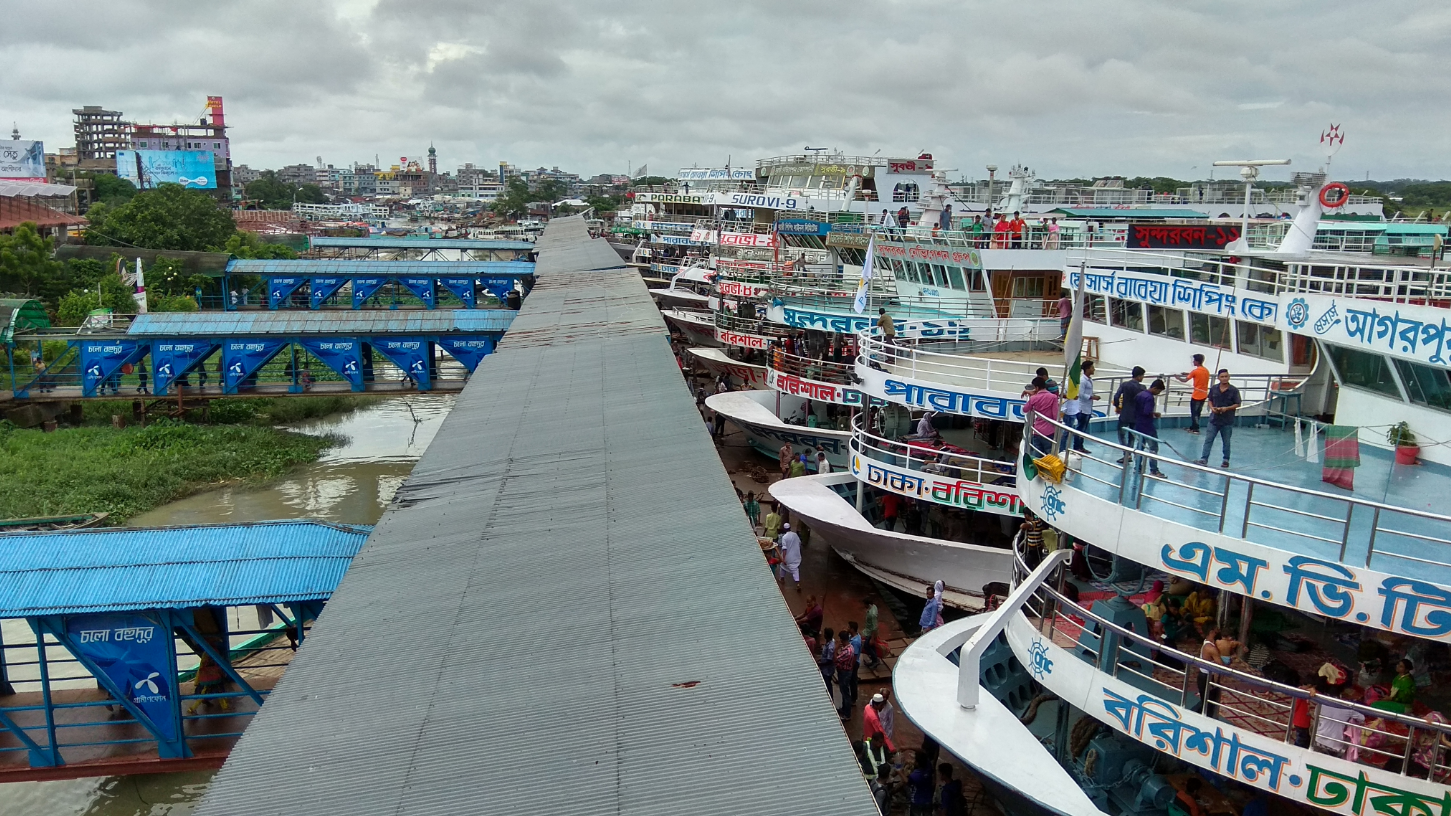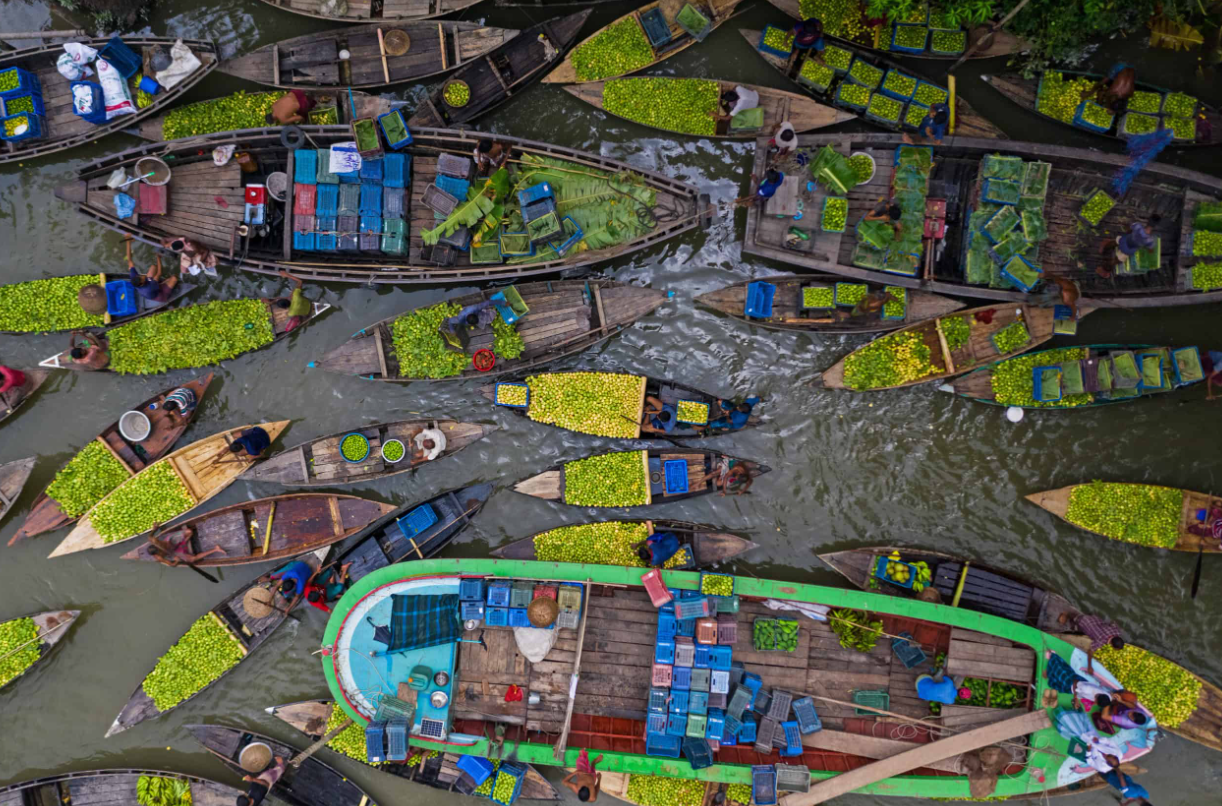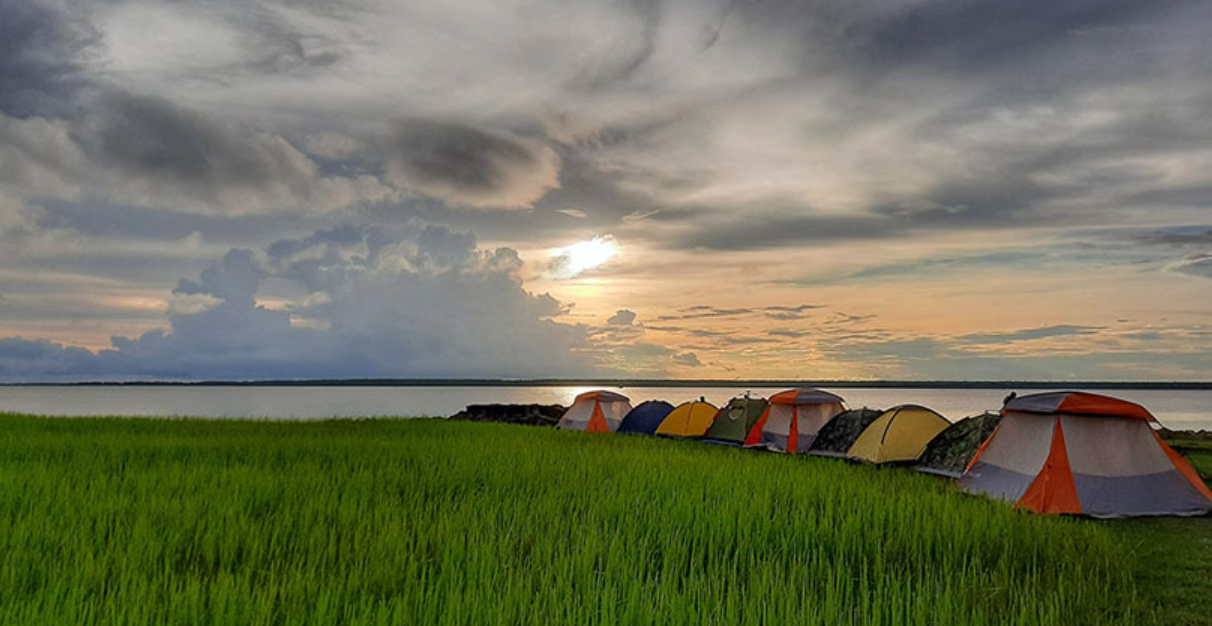Barisal, a prominent district in southern Bangladesh, is often referred to as the “Venice of Bengal” due to its expansive network of rivers and canals. Known for its breathtaking landscapes, rich cultural heritage, and historical significance, Barisal offers a unique blend of natural beauty and historical charm. From the bustling floating markets to serene river views, Barisal is a land of unparalleled allure.
Geography and Historical Significance
Barisal is strategically located along the banks of the Kirtankhola River. This riverine district is part of the larger Barisal Division, which is surrounded by the Padma and Meghna rivers. Its water-centric geography has not only shaped its culture but also its economy.
Historically, Barisal was an essential part of Bengal’s maritime trade routes. During the British colonial era, it became a hub for rice and jute exports. Barisal also played a significant role in anti-colonial movements, producing many prominent leaders and revolutionaries.
Scenic Beauty of Barisal
Barisal’s landscape is a feast for the eyes, with lush greenery, sparkling rivers, and tranquil villages. Its waterways are the lifeline of the district, offering an array of unique experiences for visitors.
Floating Markets
The floating markets in Barisal, particularly in Swarupkathi and Banaripara, are a must-see attraction. Vendors sell fresh produce, fish, and local crafts from boats, creating a bustling yet serene atmosphere. Visiting these markets at sunrise is an unforgettable experience, providing a glimpse into the region’s vibrant local economy.
Kuakata Beach
Located a few hours away, Kuakata is a stunning sea beach known for its rare panoramic views of both sunrise and sunset. Often called the “Daughter of the Sea,” it’s a serene escape for visitors seeking tranquility and natural beauty. Kuakata is also a gateway to exploring the culture of the Rakhine community, who have lived in this region for centuries.
Historical and Cultural Landmarks
Barisal is steeped in history, with numerous landmarks that reflect its rich cultural and historical legacy.
Durga Sagar
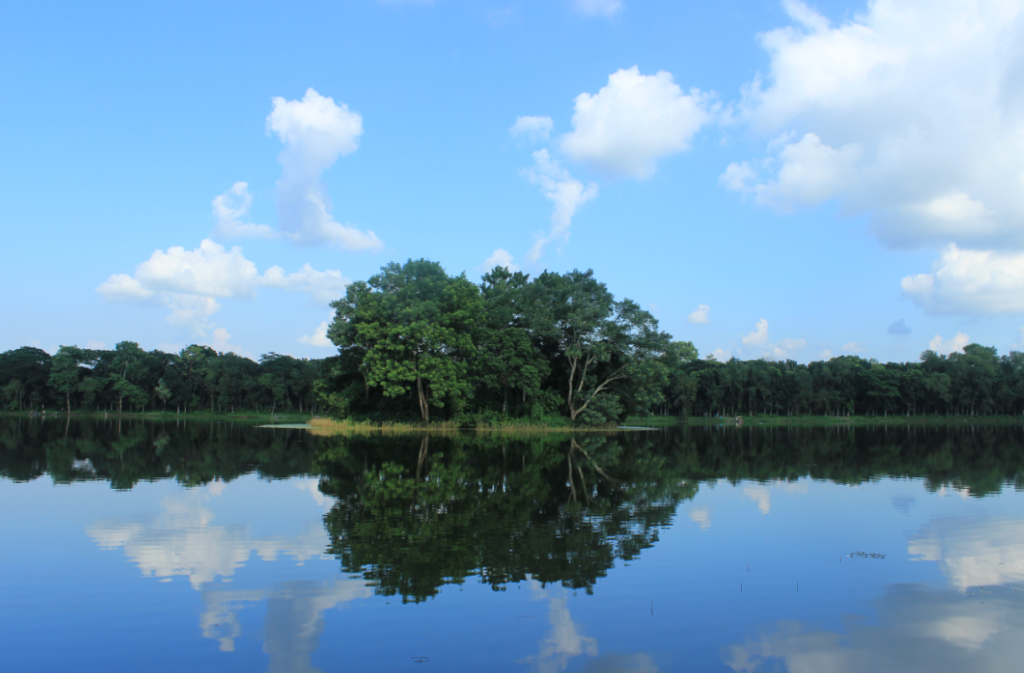
Durga Sagar, the largest man-made pond in southern Bangladesh, is a popular spot for bird watching and picnics. This sprawling water body was constructed by the local zamindar family and is surrounded by lush greenery, creating a peaceful retreat for visitors.
Oxford Mission Church
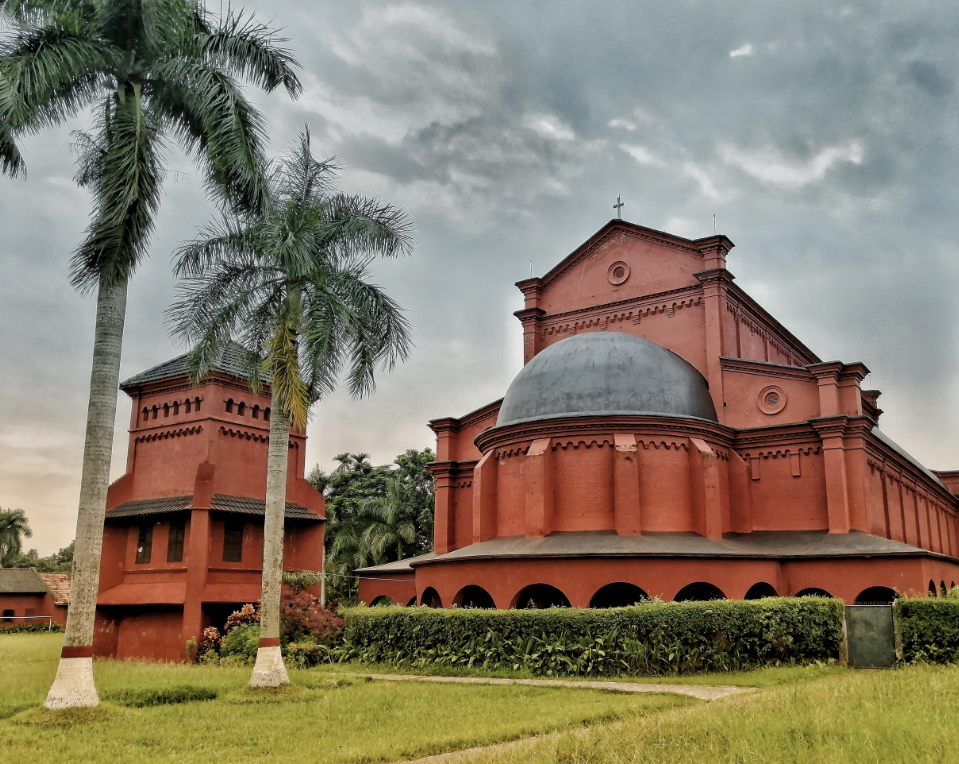
One of the most iconic landmarks in Barisal is the Oxford Mission Church. Built during the British era, this Gothic-style Anglican church is a masterpiece of colonial architecture. Its historical and spiritual significance attracts visitors from all over the country.
Bells Park
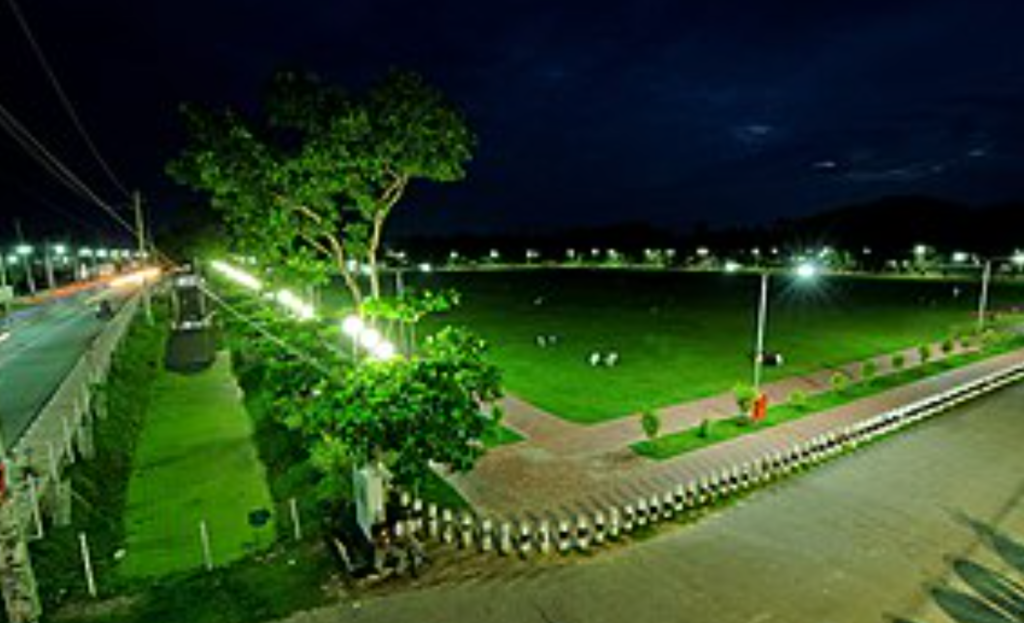
Located in Barisal city, Bells Park is a tranquil urban retreat featuring tall trees, small lakes, and walking paths. It’s an ideal spot for family outings and leisurely afternoons.
Kasthashangkar Durga Mandir
This 18th-century temple is a symbol of Barisal’s religious and cultural heritage. It stands as a testament to the harmonious coexistence of diverse communities in the region.
Economy and Agriculture
Barisal is known as the “Granary of Bengal,” thanks to its fertile soil and abundant production of rice, betel nut, guava, and hilsa fish. The guava orchards in Swarupkathi and the surrounding areas are a major attraction, with boat rides offering visitors an immersive experience of the region’s agricultural bounty.
The district’s economy also thrives on its fisheries industry. Barisal’s rivers and estuaries are a source of hilsa, the national fish of Bangladesh, which is cherished across the country.
Festivals and Cultural Vibrancy
Barisal has a vibrant cultural scene, with its people deeply rooted in music, art, and literature. Annual fairs during Durga Puja, Eid, and other religious festivals bring the community together in celebration. The traditional wrestling competition, Boli Khela, is a major attraction during these events.
Prominent cultural institutions in Barisal also host theater performances and musical events, preserving the region’s artistic traditions.
Educational Institutions
Barisal boasts some of Bangladesh’s most historic educational institutions, such as Brojomohun College, which has been a center of learning since its establishment in the late 19th century. These institutions have contributed significantly to the intellectual and cultural development of the region.
Famous Personalities
Barisal has been the birthplace of several influential figures in Bangladesh’s history, including:
- Jibanananda Das: A pioneer of modern Bengali poetry, Jibanananda Das is one of Barisal’s most celebrated sons. His evocative descriptions of rural Bengal resonate deeply with readers.
- A.K. Fazlul Huq: Known as the “Sher-e-Bangla” (Tiger of Bengal), A.K. Fazlul Huq was a prominent political leader and the first Prime Minister of undivided Bengal.
- Aswini Kumar Dutta: A social reformer and educationist, Dutta played a key role in advancing education and social awareness in Barisal during the colonial period.
Tourism and Accessibility
Barisal is easily accessible by river transport from Dhaka, offering scenic boat journeys. For travelers seeking faster options, flights and road transport are also available. Tourism infrastructure in Barisal is steadily improving, with numerous hotels, guesthouses, and eco-resorts catering to visitors.
Conclusion
Barisal is a district that offers an enchanting mix of natural beauty, historical richness, and cultural vibrancy. From exploring its scenic waterways and historical landmarks to tasting its culinary delights and experiencing its warm hospitality, Barisal is a destination that leaves a lasting impression.
For those who wish to discover the soul of Bengal, Barisal is a must-visit destination. Its serene rivers, cultural treasures, and welcoming communities make it a jewel of southern Bangladesh.
